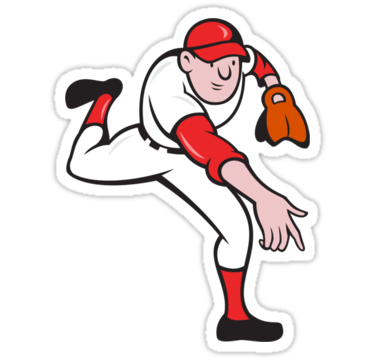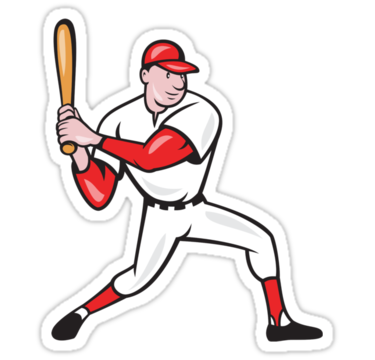ERA measures a pitcher’s effectiveness by calculating the average number of earned runs given up per nine innings. This is essential for evaluating pitching performance. Use this calculator to quickly find a baseball pitcher’s Earned Run Average (ERA).
RESULTS
How to Use the ERA Calculator
Step 1: Enter Earned Runs
- In the Earned Runs field, type the total number of earned runs the pitcher has allowed.
Example: If the pitcher gave up 12 earned runs, enter “12” in this field.
Step 2: Enter Innings Pitched
- In the Innings Pitched field, type the total innings the pitcher has played.
Note: Partial innings can be included as decimal values.
Example: If the pitcher completed 20.2 innings, enter “20.2” here.
Step 3: Calculate ERA
- Press the Calculate button. The calculator will automatically apply the ERA formula:
ERA = (Earned Runs / Innings Pitched) × 9
Your result, representing the pitcher’s average earned runs allowed per nine innings, will display immediately below the input fields.
Why ERA is Important in Baseball
ERA is a crucial metric for understanding a pitcher’s effectiveness and consistency. Lower ERA values indicate stronger pitching performance.
Interpreting ERA
Top pitchers typically maintain an ERA between 2.00 and 3.00, marking them as elite in their ability to prevent runs. Historically, baseball’s “dead-ball era” (early 1900s) saw more pitchers with ERAs below 2.00, as games had fewer home runs and scoring was lower. In today’s “live-ball era,” hitting has become more powerful, making an ERA below 4.00 commendable.
For fans and analysts, this shift highlights the evolution in pitching standards and the increased challenges pitchers face today, making ERA an adaptable metric for assessing performance across different baseball eras.
FAQs
Question: Why Is ERA Important For Pitchers?
ERA shows how good a pitcher is at keeping the other team from scoring when they pitch from the rubber on the pitcher’s plate.
Question: Can ERA Be Used For Both Baseball And Softball Games?
Yes, you can use ERA for both baseball and softball because it measures how well pitchers do their job in either game.
Question: How Do I Find My Baseball Team’s Best Pitcher Using ERA?
Look at each pitcher’s record of earned runs allowed, divide by innings pitched, then multiply by nine; the lowest number belongs to your best pitcher!
Question: Did Famous Players Like Mariano Rivera Have A Good ERA?
Yes! A player like Mariano Rivera had a great career with low earned run averages, making him one of the top closer especially when he played for teams like New York Yankees.
Question: Where Can I Get An App To Calculate ERA Easily?
You might find this tool online or as part of a progressive web app that doesn’t need any downloads; just open it in your browser and start using it right away!
Conclusion
Understanding ERA is key in baseball, and our calculator is here to do just that. It tells us how well pitchers stop the other team from scoring. The simple formula lets anyone figure out a pitcher’s ERA fast, which is why we have added it for your convenience. Knowing a good ERA helps fans and players see who excels on the mound.
Our ERA Calculator allows you to use it anywhere you want, without any kind of hurdle. Let the baseball madness begin!


